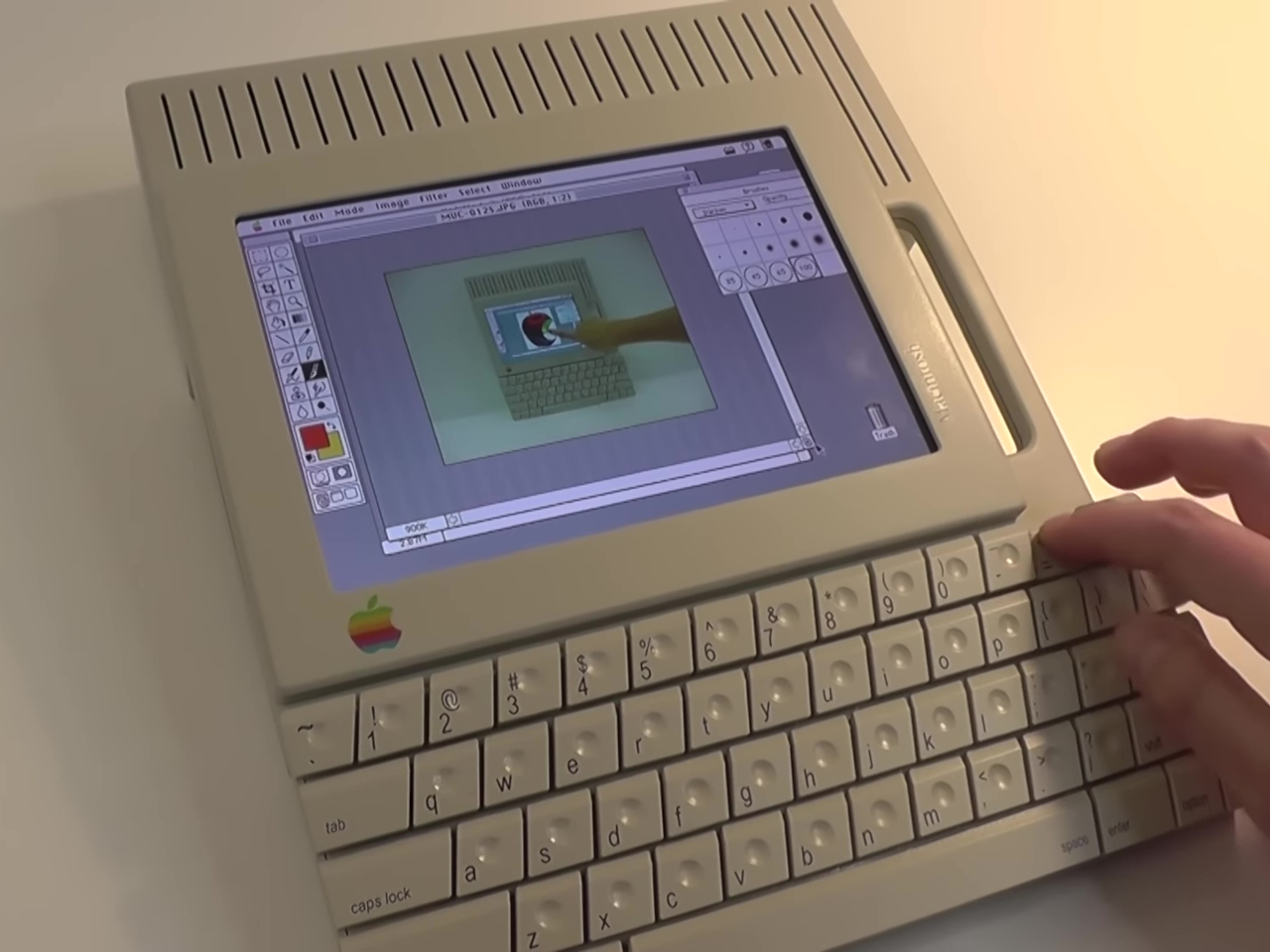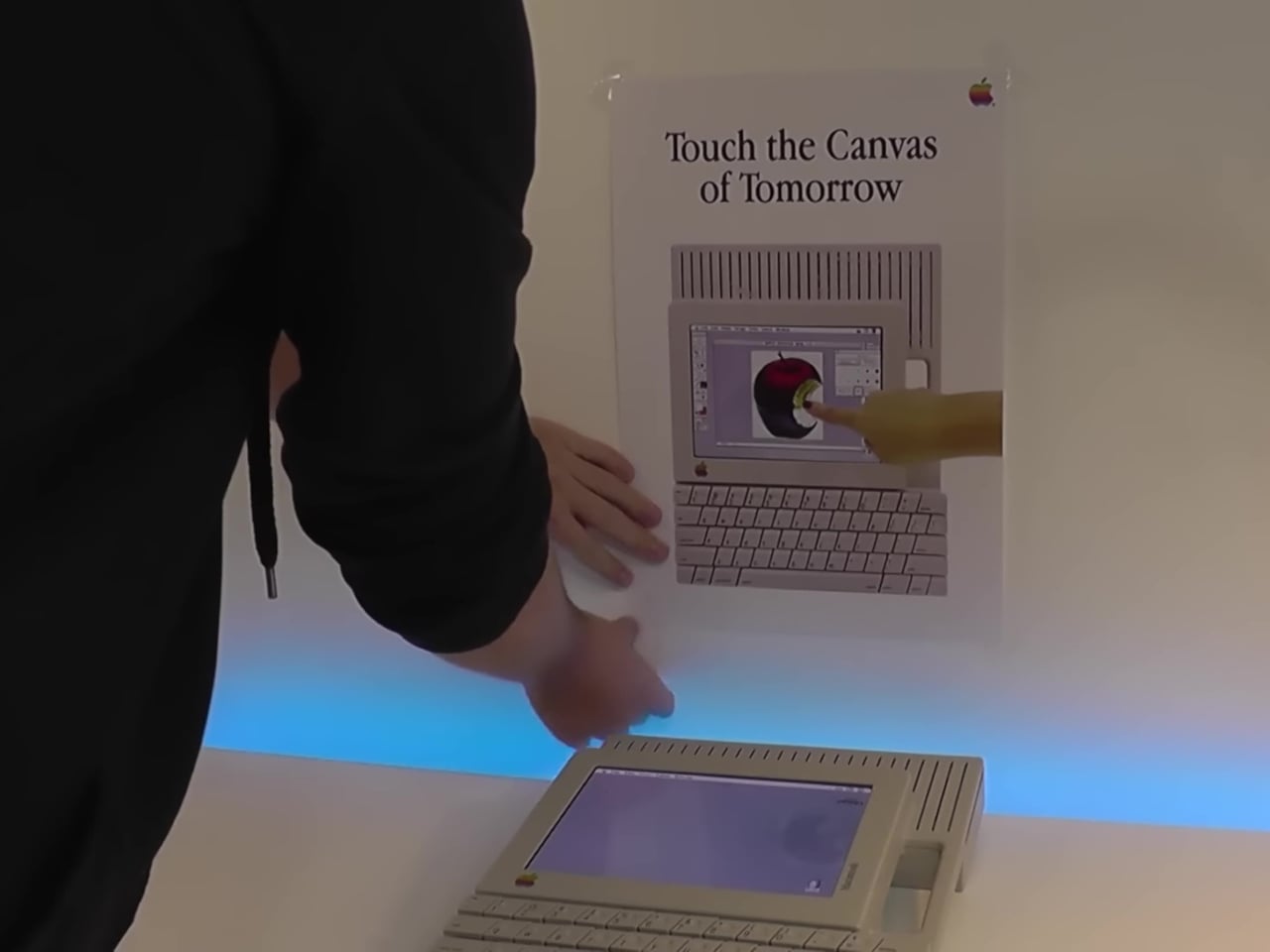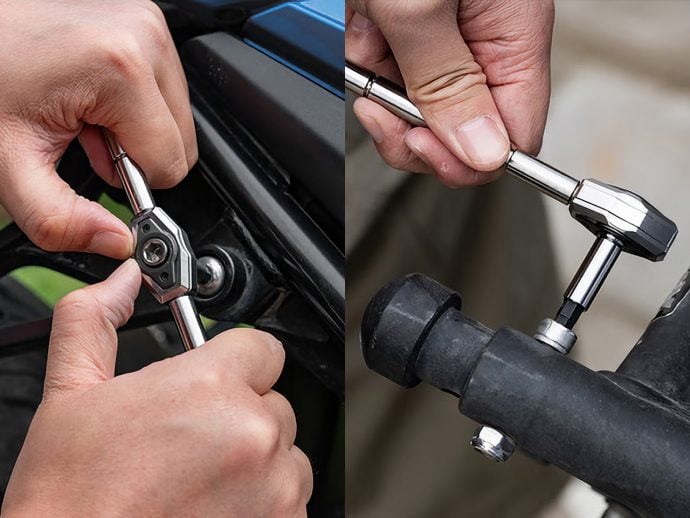Apple has always been hailed as a trailblazer, breaking new ground in product design and services. Sometimes, however, some of the ideas it generates never materialize, especially if they seem too far ahead of their time. That dream may become a common thing decades later, as proven by one of Apple’s genre-defining products: the iPad.
Although it may seem that it was patterned after the tablet PCs of its time, the Apple iPad actually had an older pedigree, one that never saw the light of day. Thanks to modern technologies like 3D printing and accessible electronics, it is now possible to give those ideas flesh, so to speak, making us wonder what could have been if this portable Macintosh actually made it to market.
Designer: Kevin Noki (original Hartmut Esslingers)
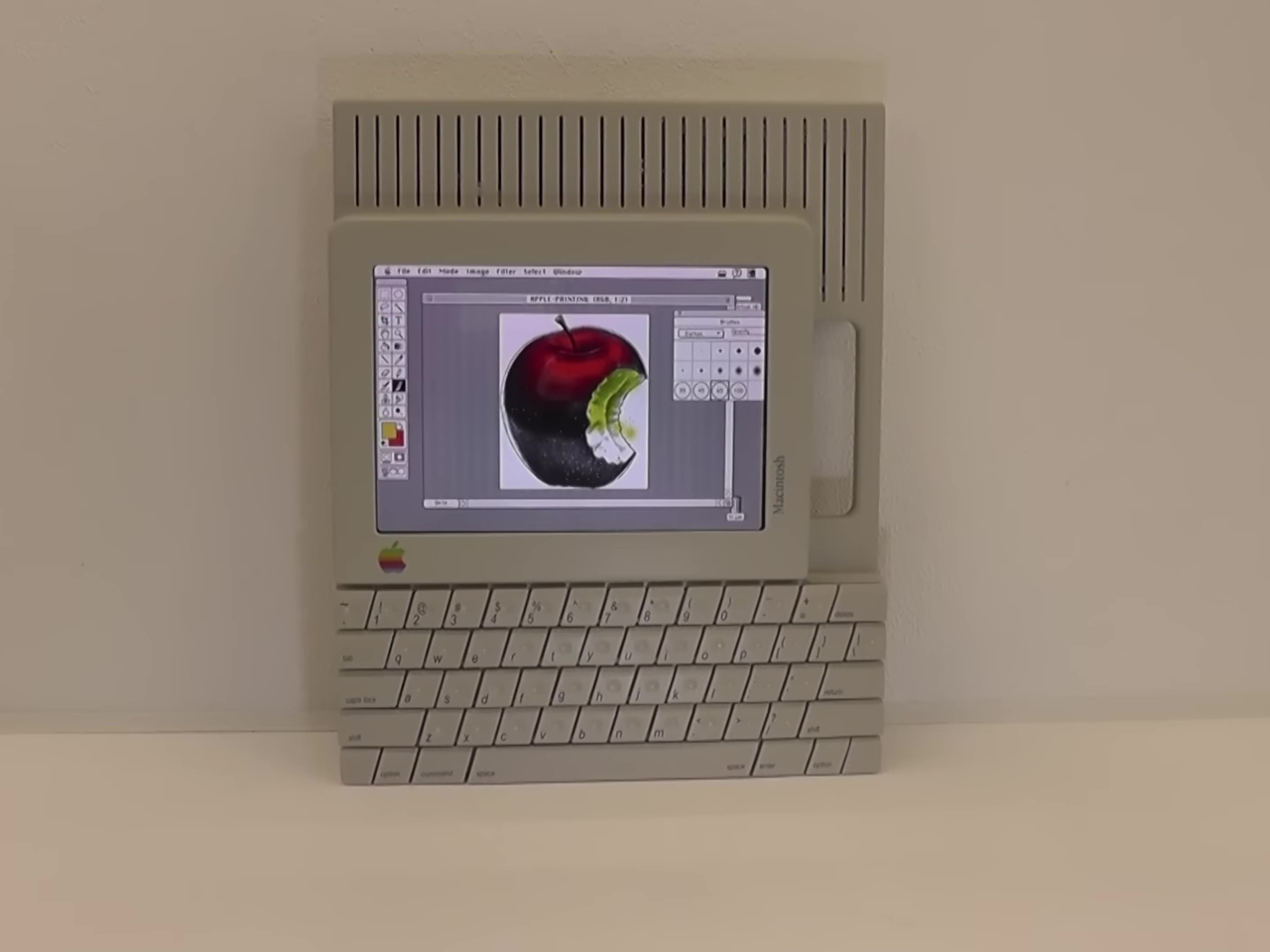
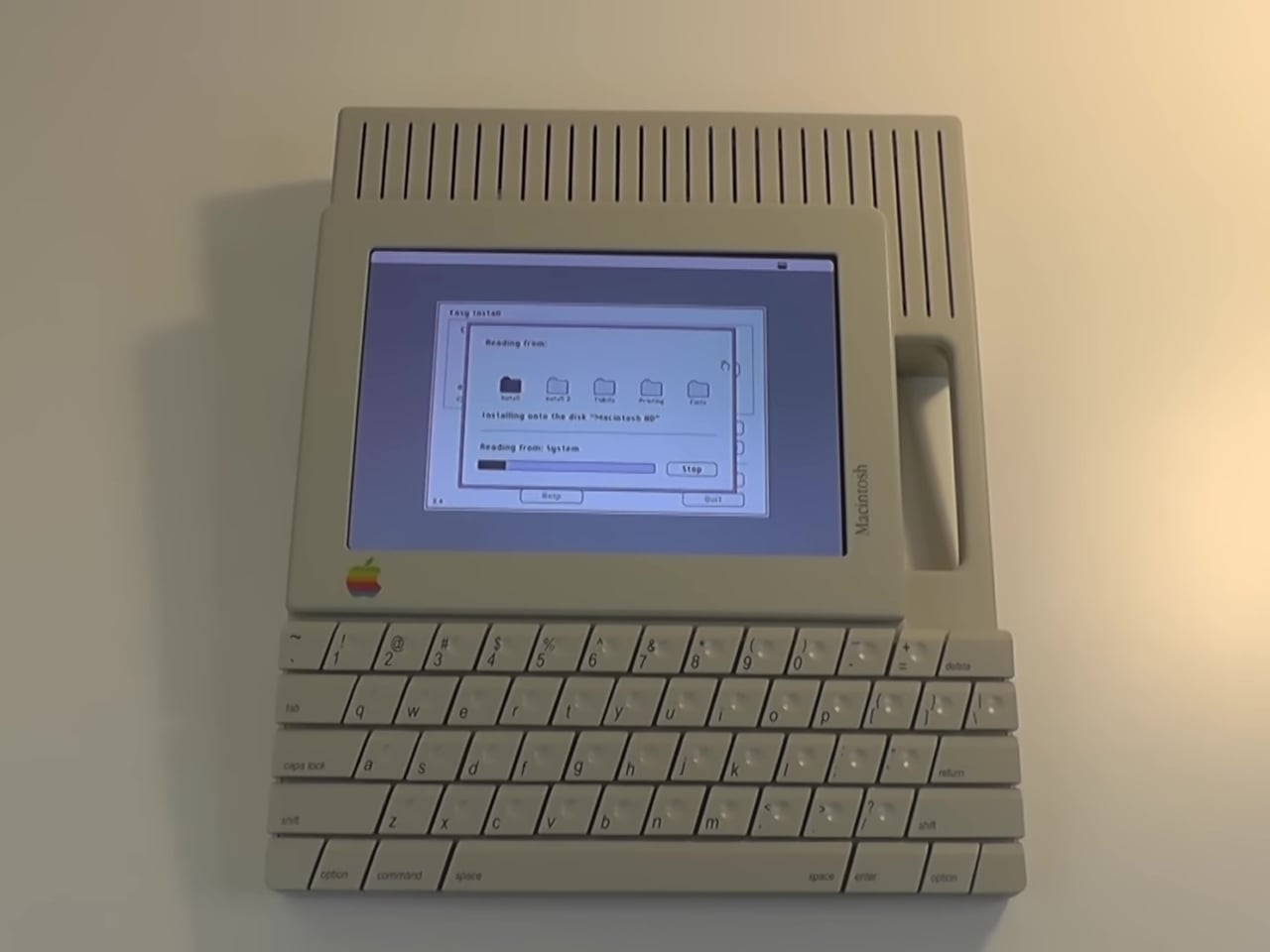
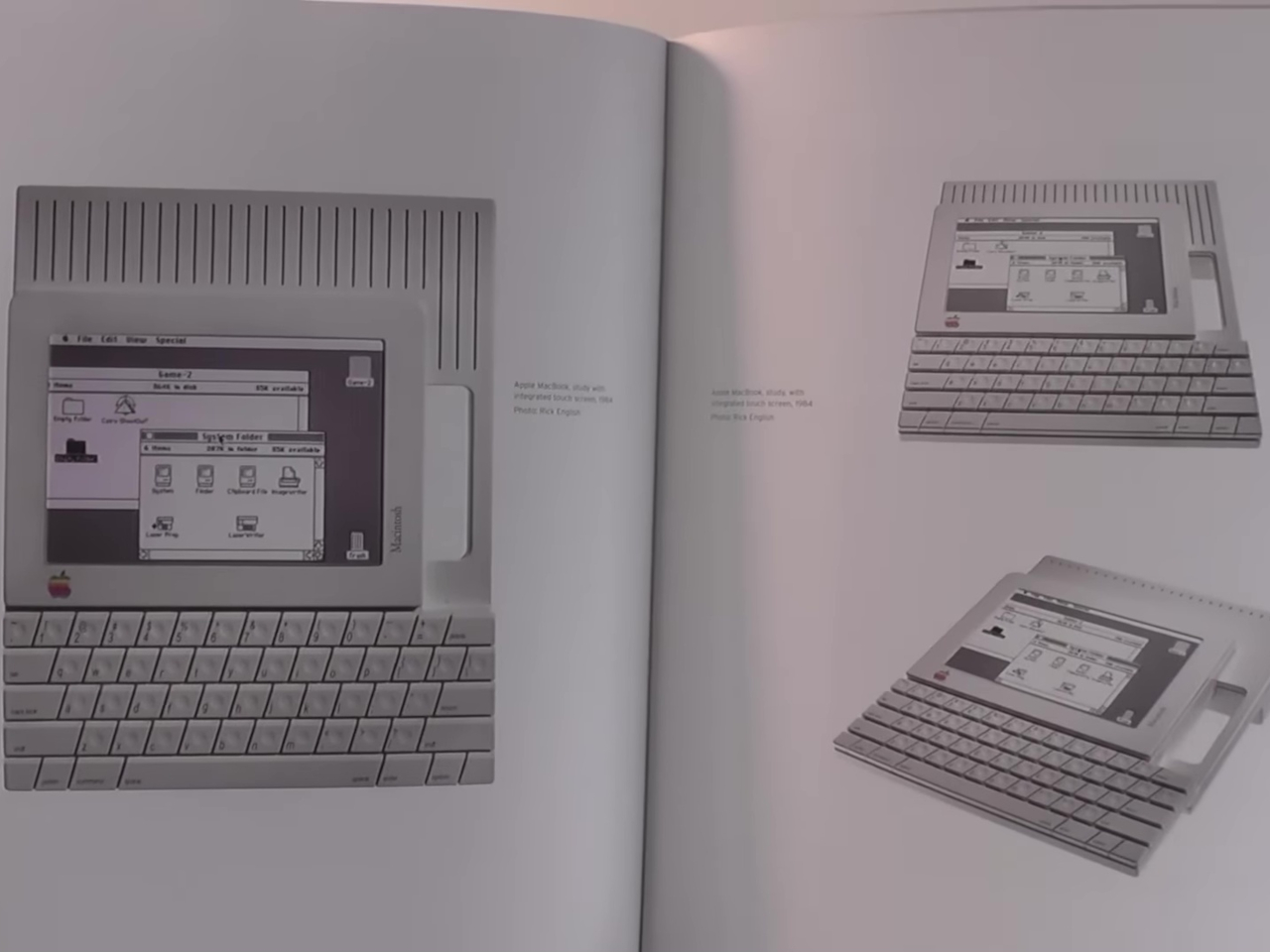
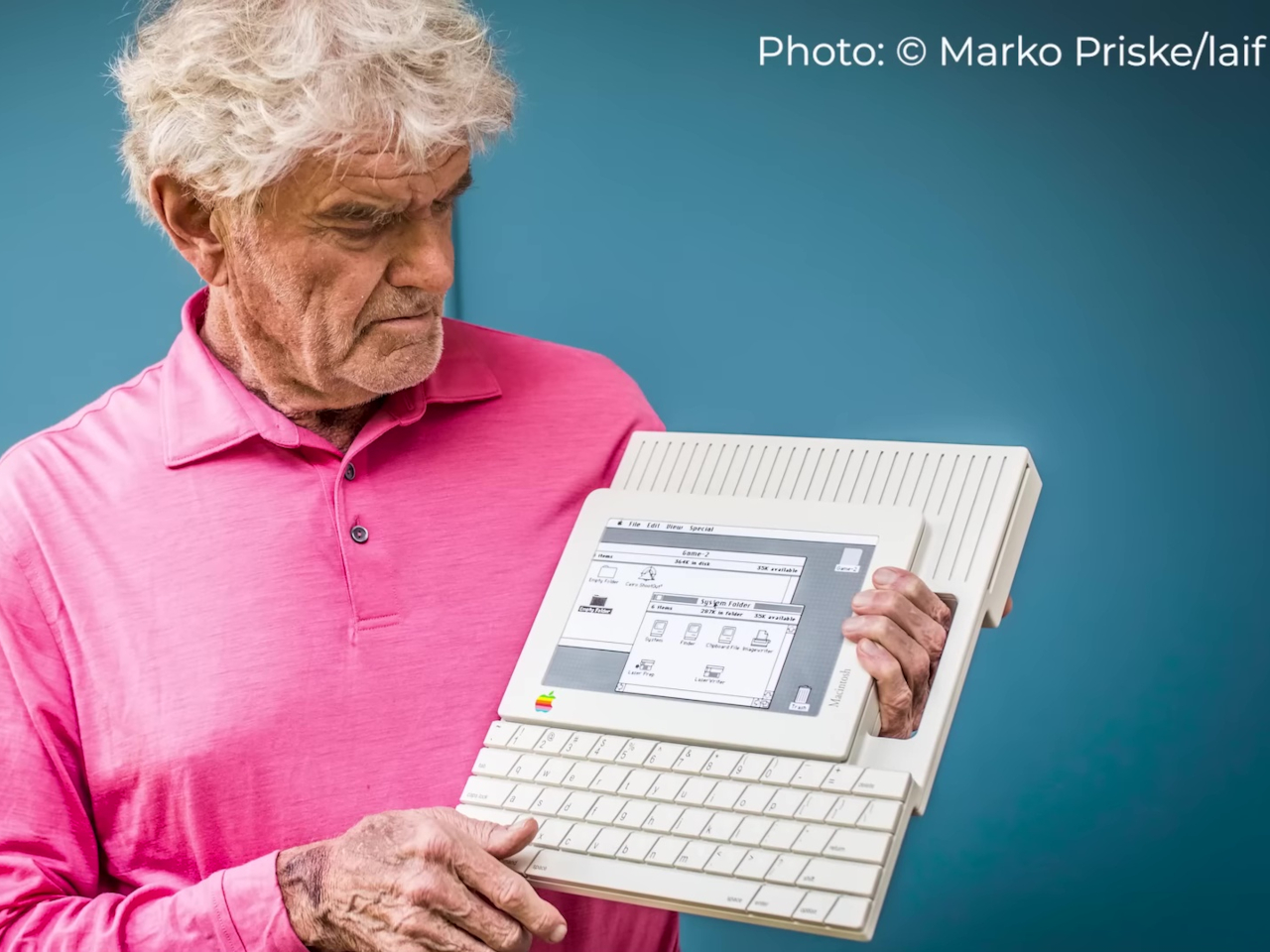
The so-called “FlatMac” was envisioned by industrial designer Hartmut Esslingers back in the 80s as part of his portfolio that gave birth to the Apple IIc, Macintosh SE, and even Steve Jobs’ NeXT Cube. This was a time when tablet computers were basically unheard of outside of science fiction, and computers that could fit in a briefcase were a luxury very few could afford. While the FlatMac’s design is definitely archaic by today’s standards, it’s also the perfect target for a nostalgic reimagining.
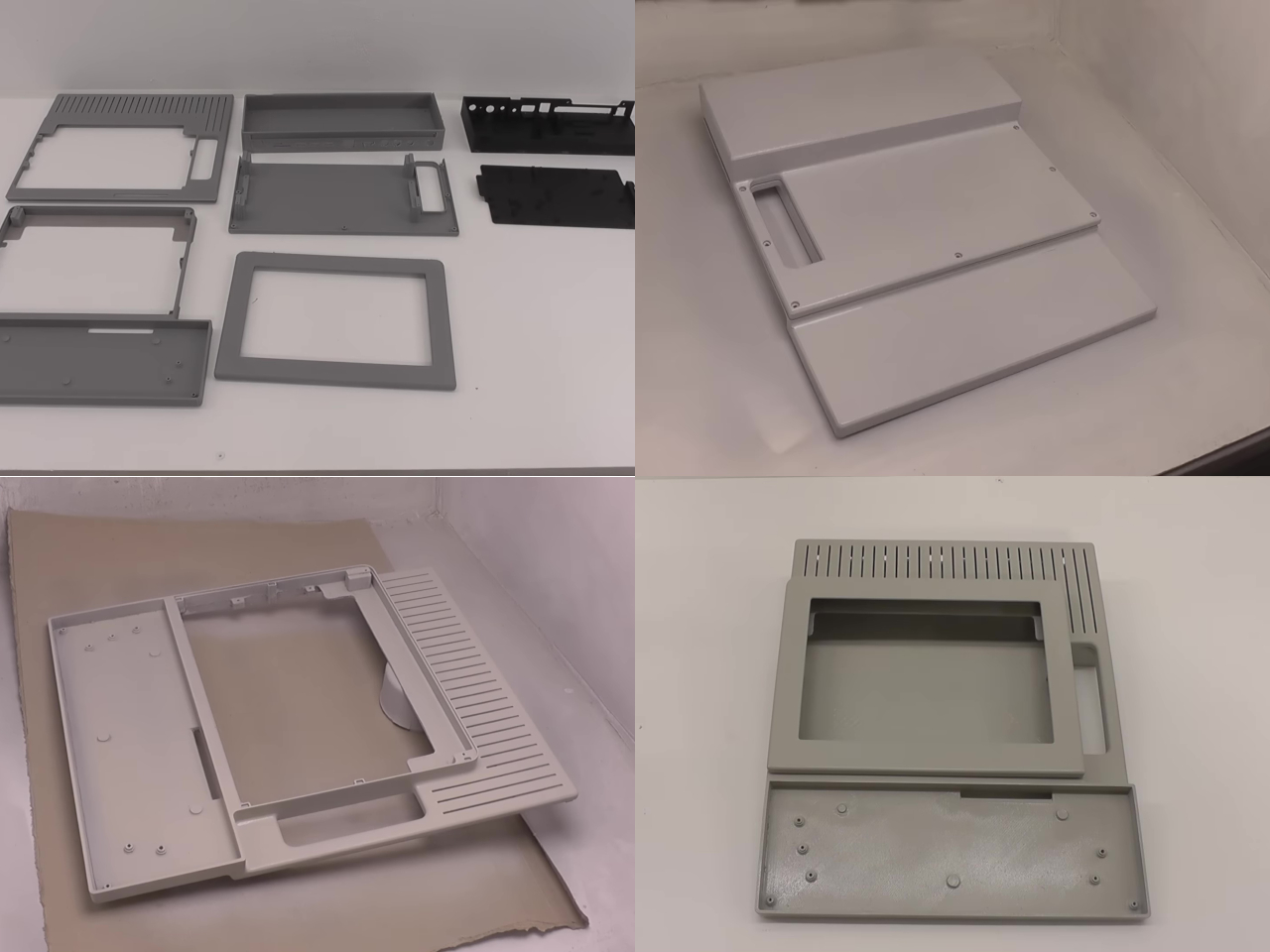
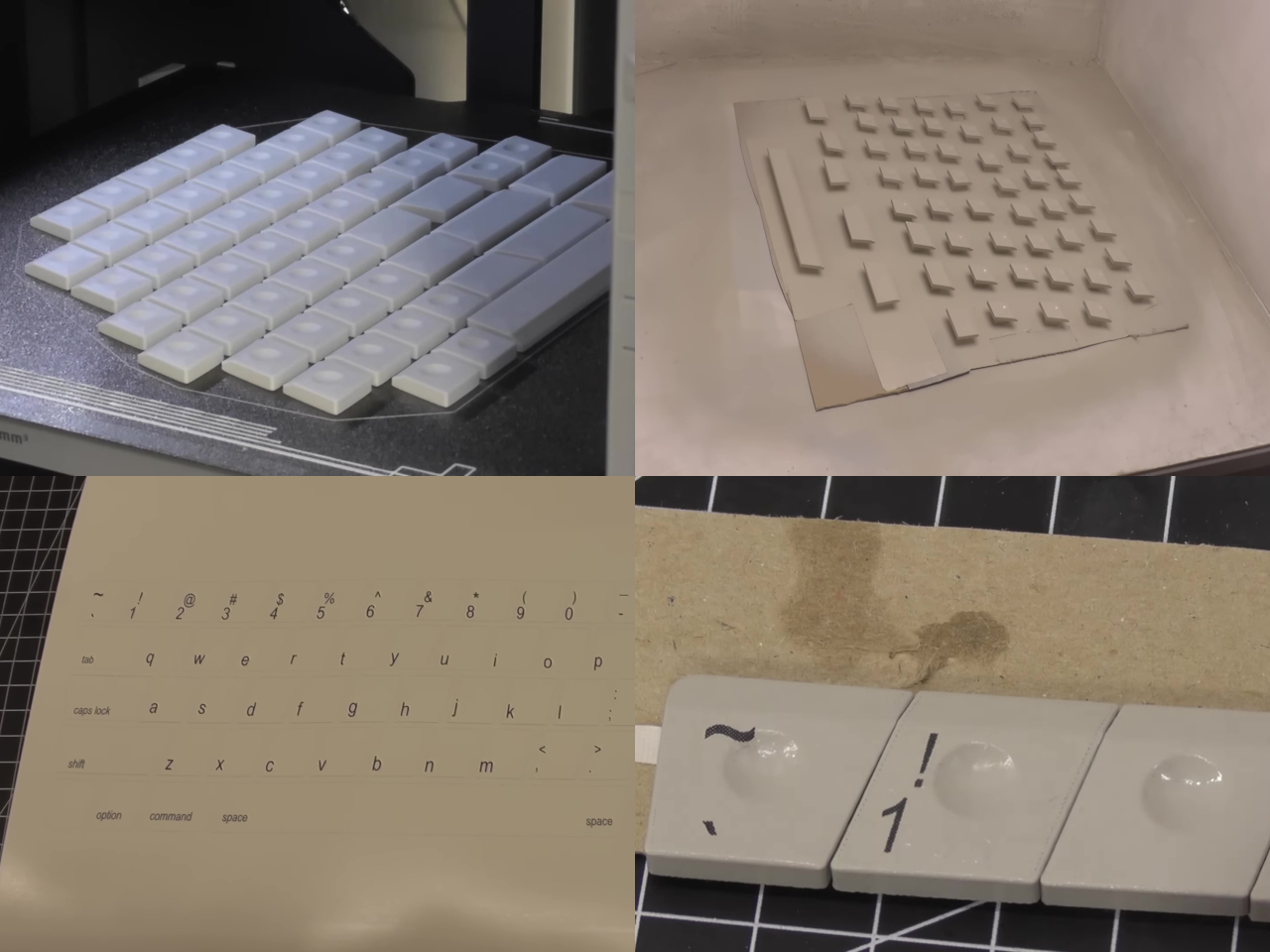
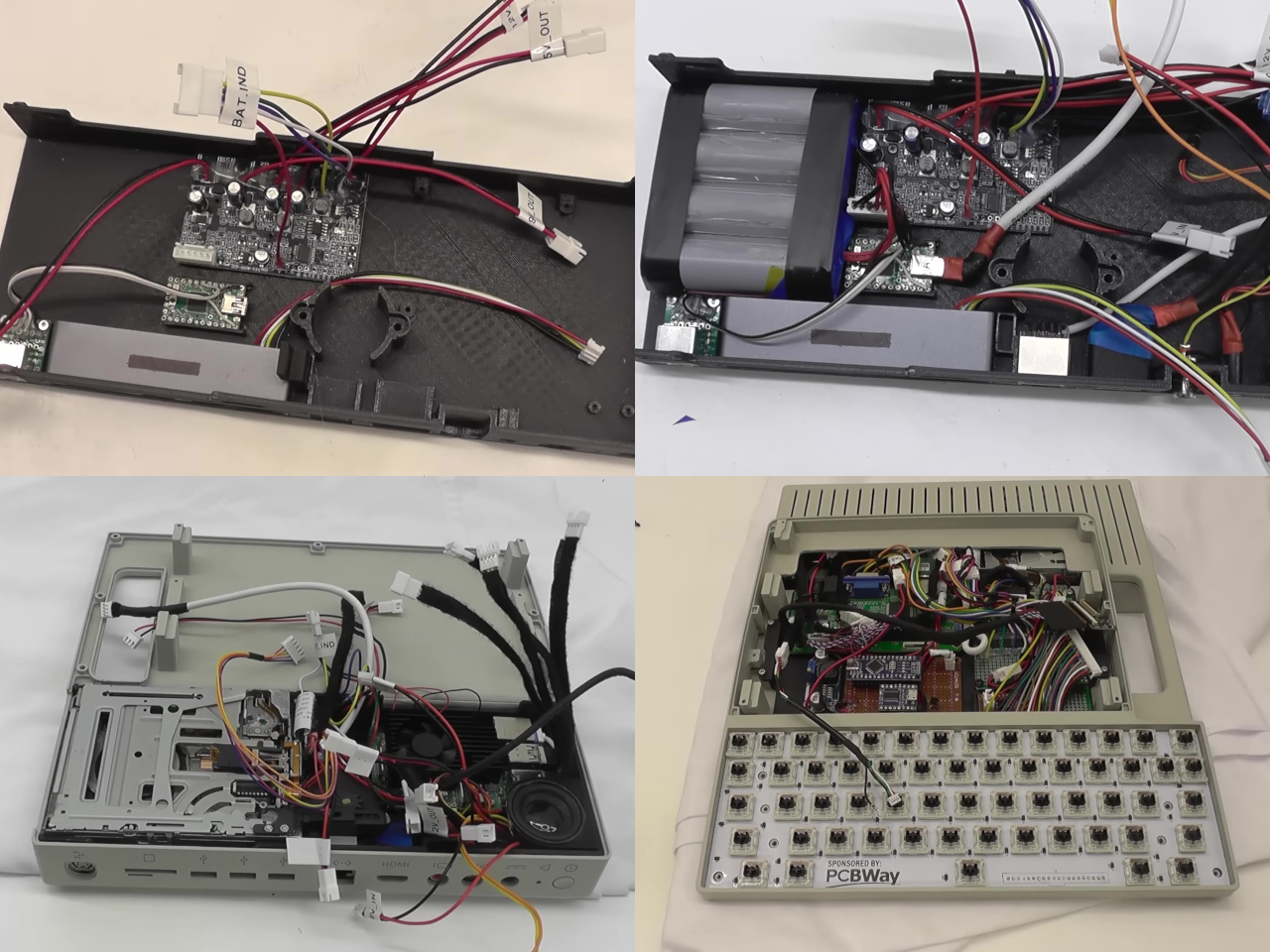
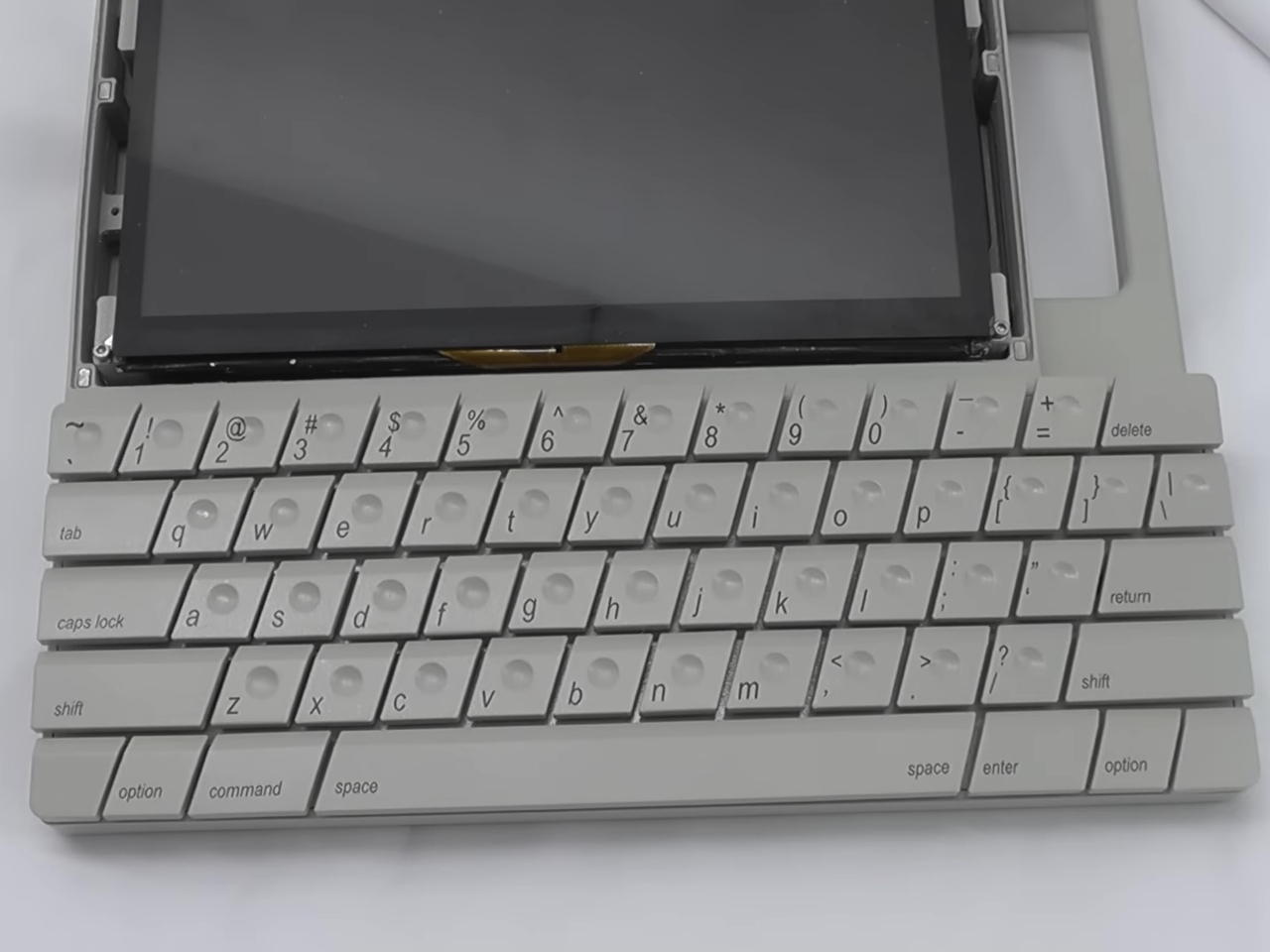
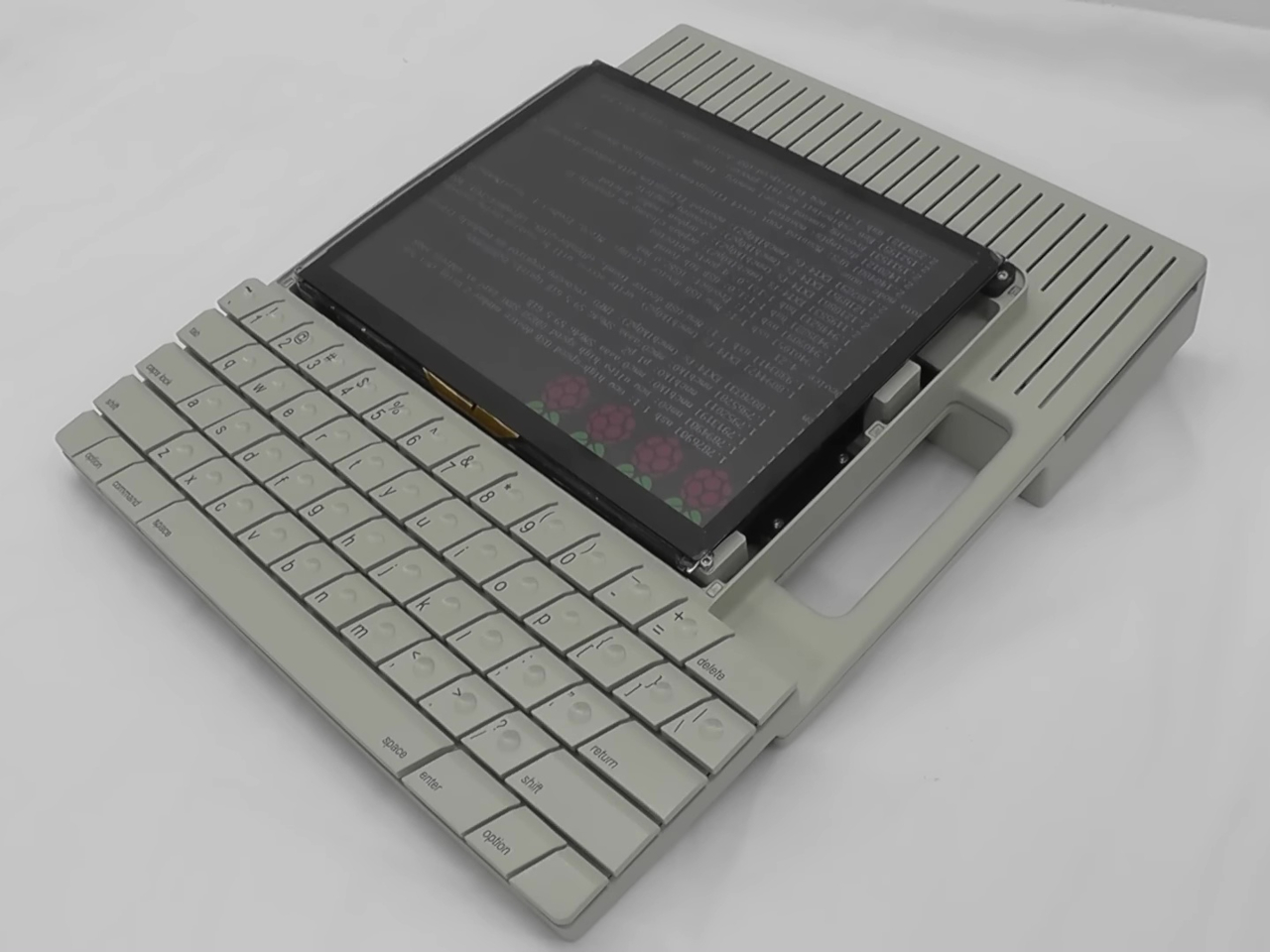
Thanks to the ubiquity of 3D printers and 3D printing services, designing and making the distinctive shell of this portable computer turned out to be the easiest part of the project. The video, however, shows just how much we’ve romanticized the process by skipping important but painstaking laborious parts like sanding 3D-printed pieces down repeatedly. There’s definitely a considerable amount of manual labor involved, and that’s not yet getting to the electronics.
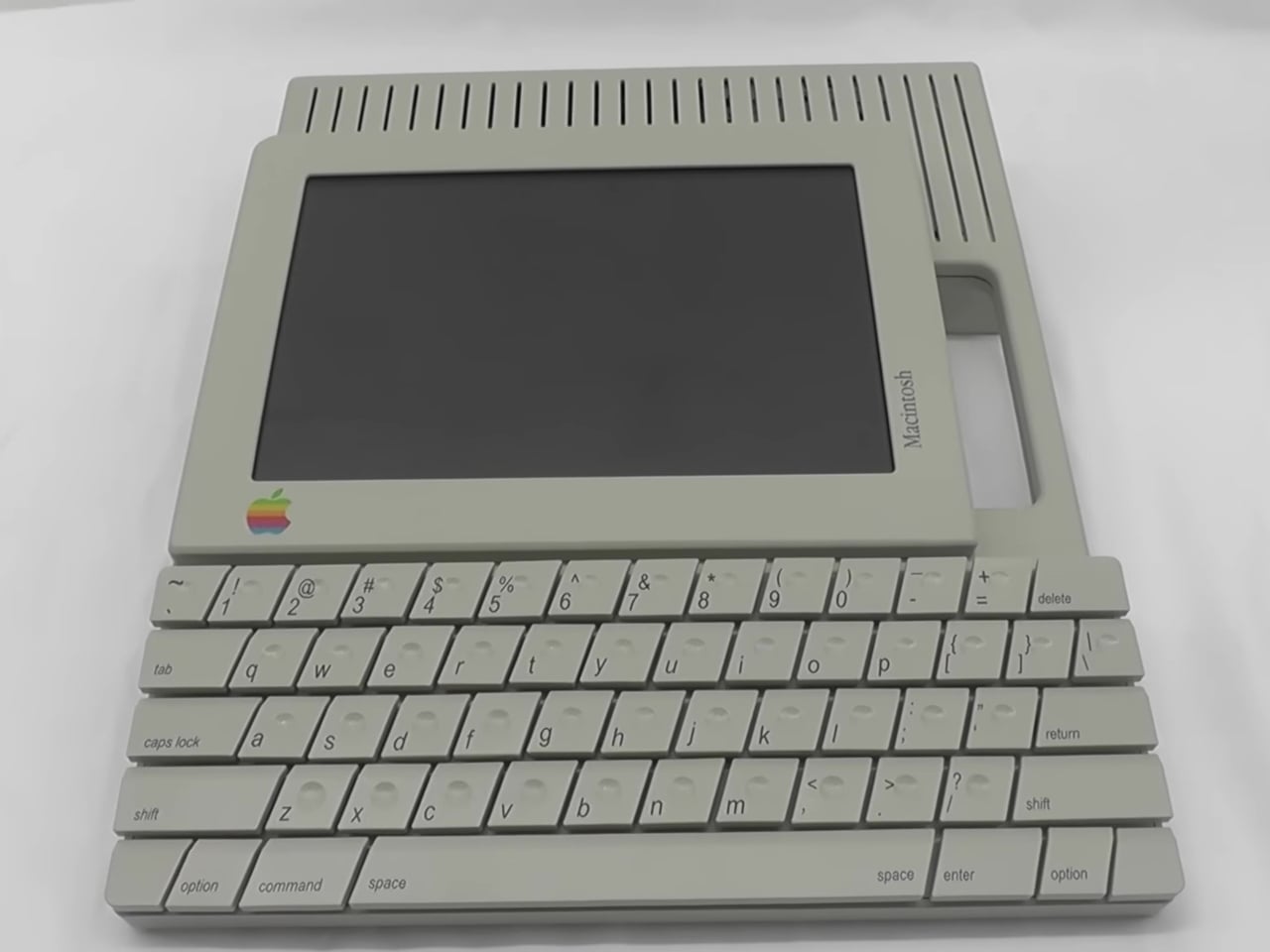
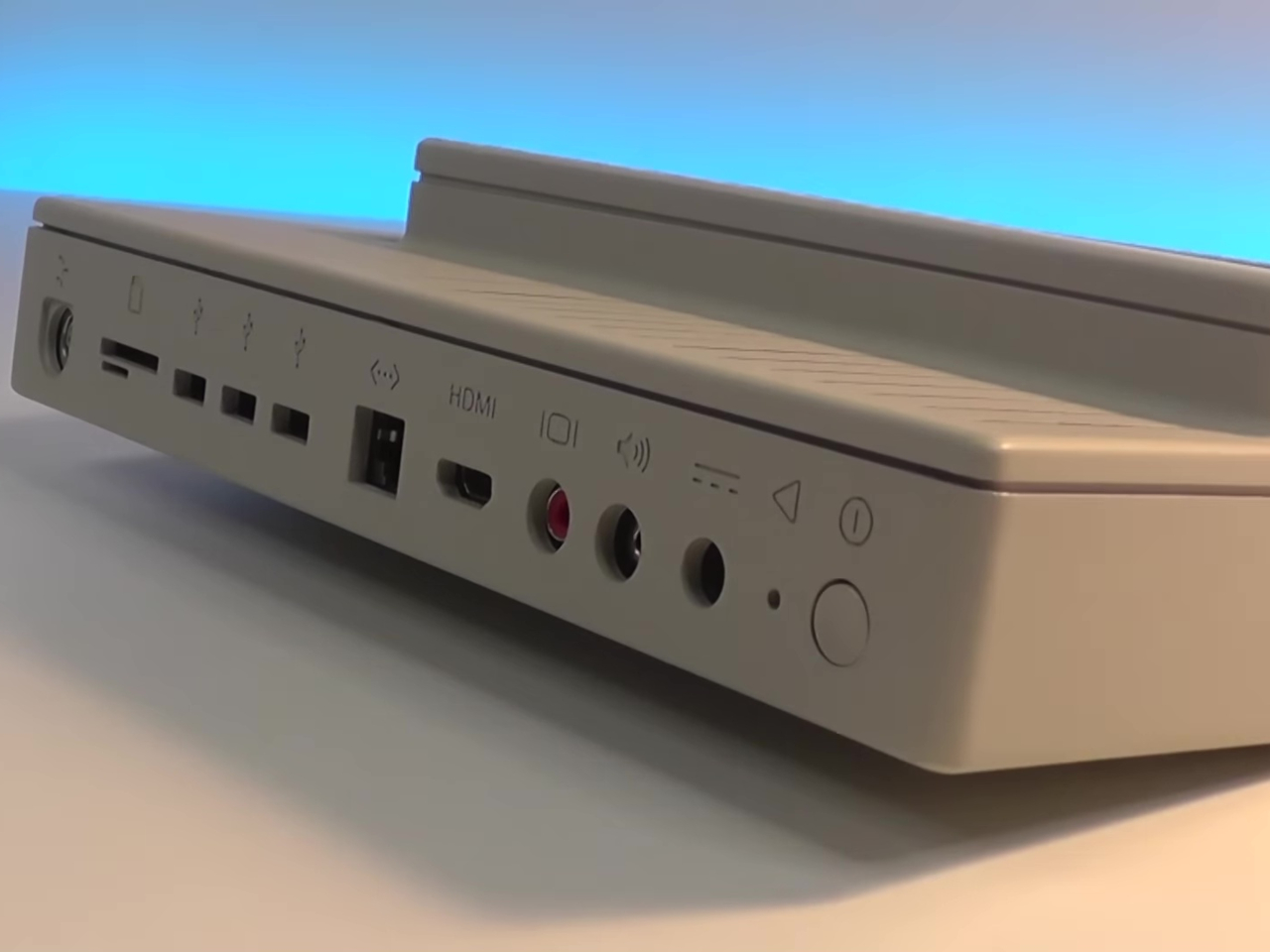
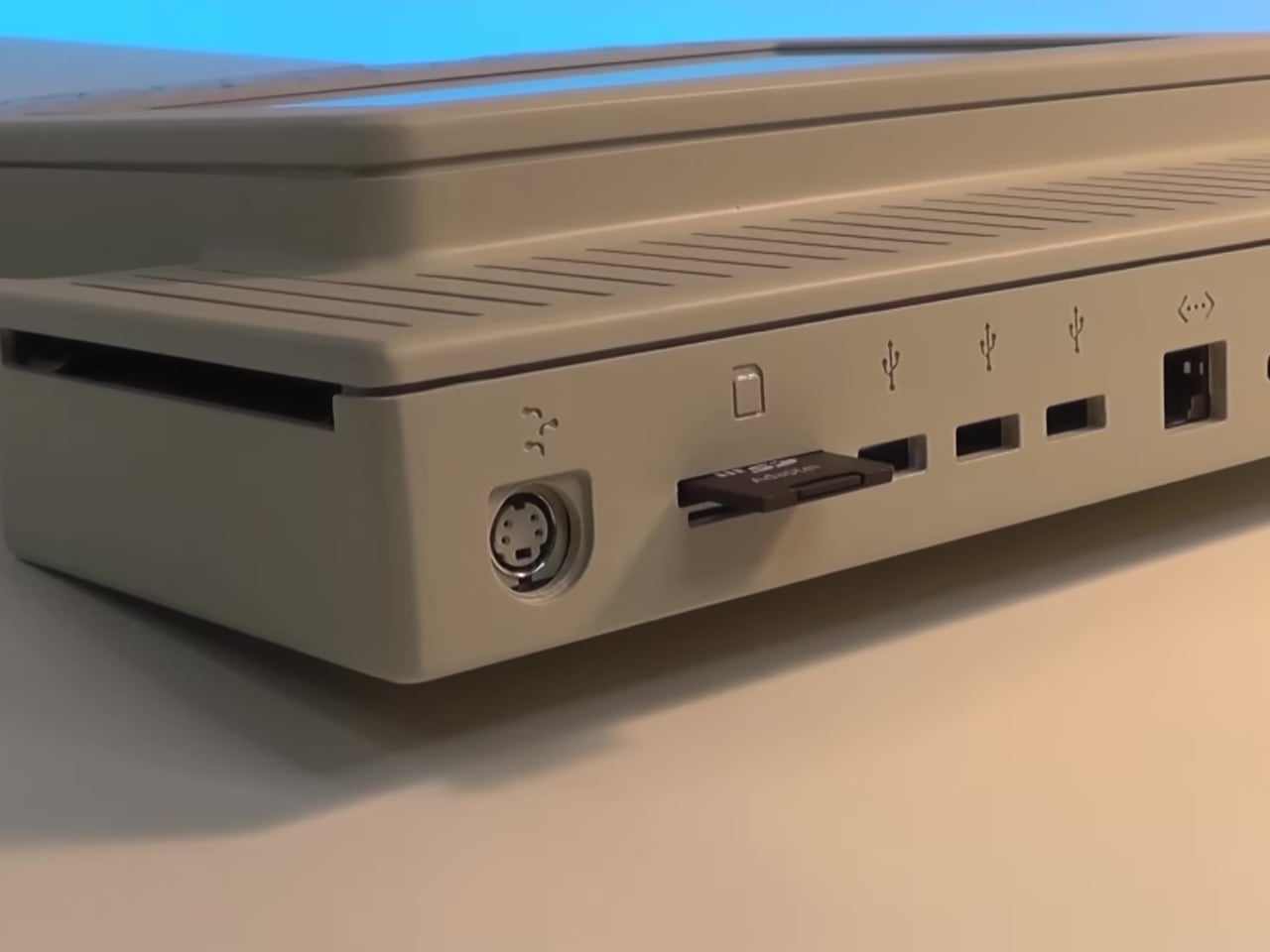
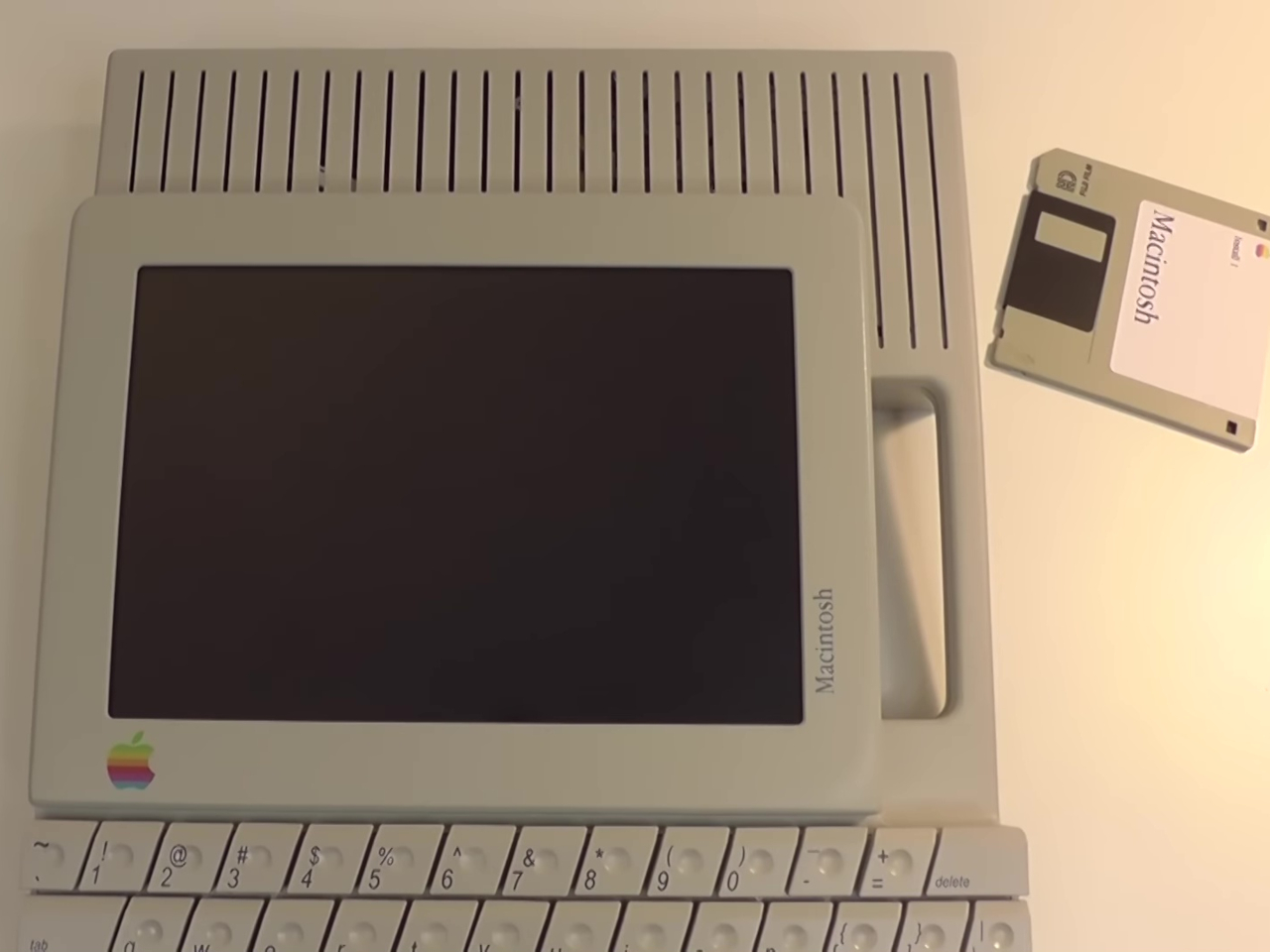
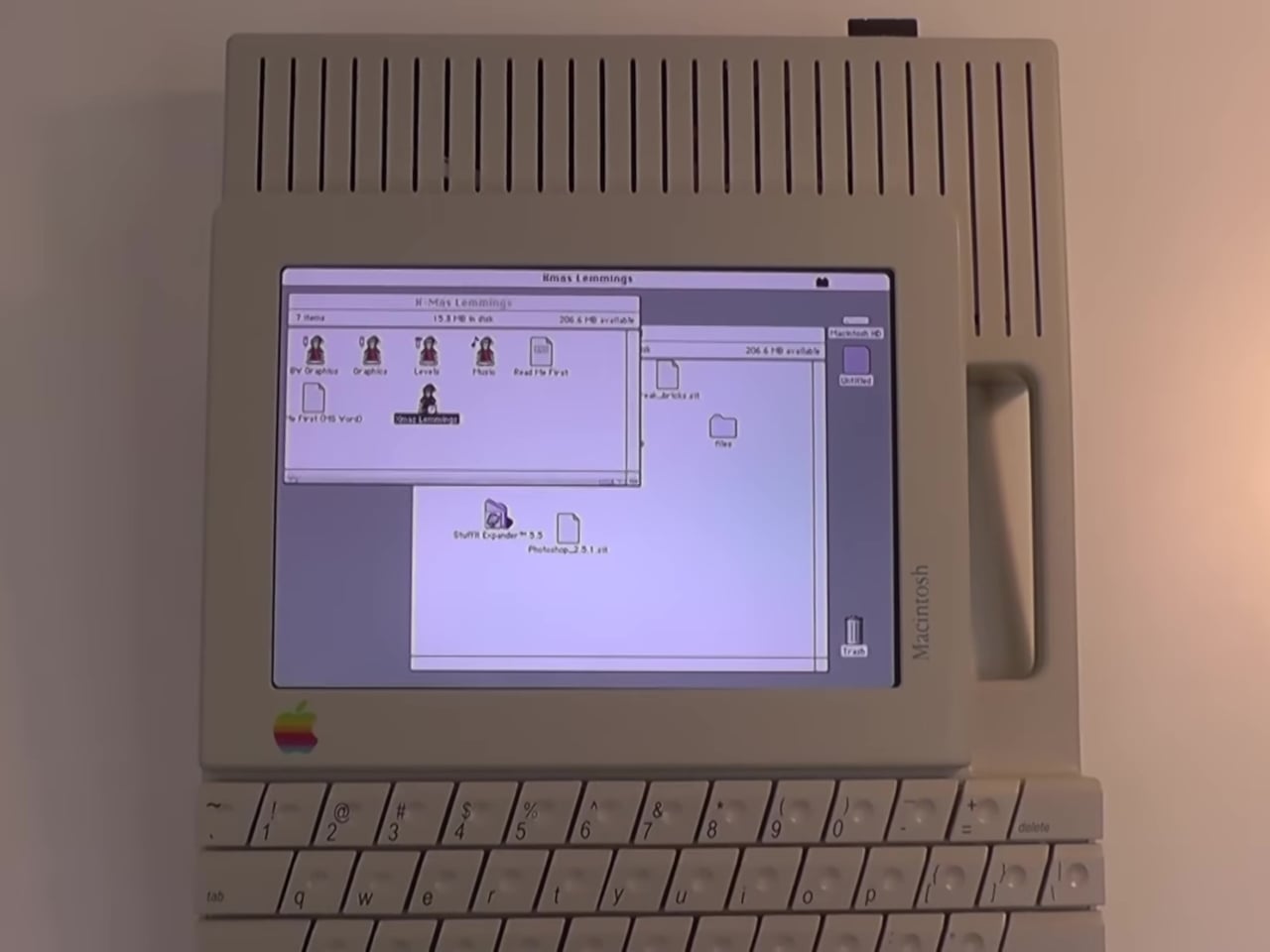
The bulk of the work for this real-life implementation of the FlatMac concept involves designing the custom-made keyboard, retrofitting hubs and power banks to fit the design, and even soldering new parts together. Fortunately, most of the parts can be bought off the shelf, but that doesn’t make the work easier. Ironically or perhaps fittingly, the display for this iPad predecessor was actually taken from a broken iPad. Even more ironic, the heart and brains of this contraption is also named after a fruit: the Raspberry Pi.
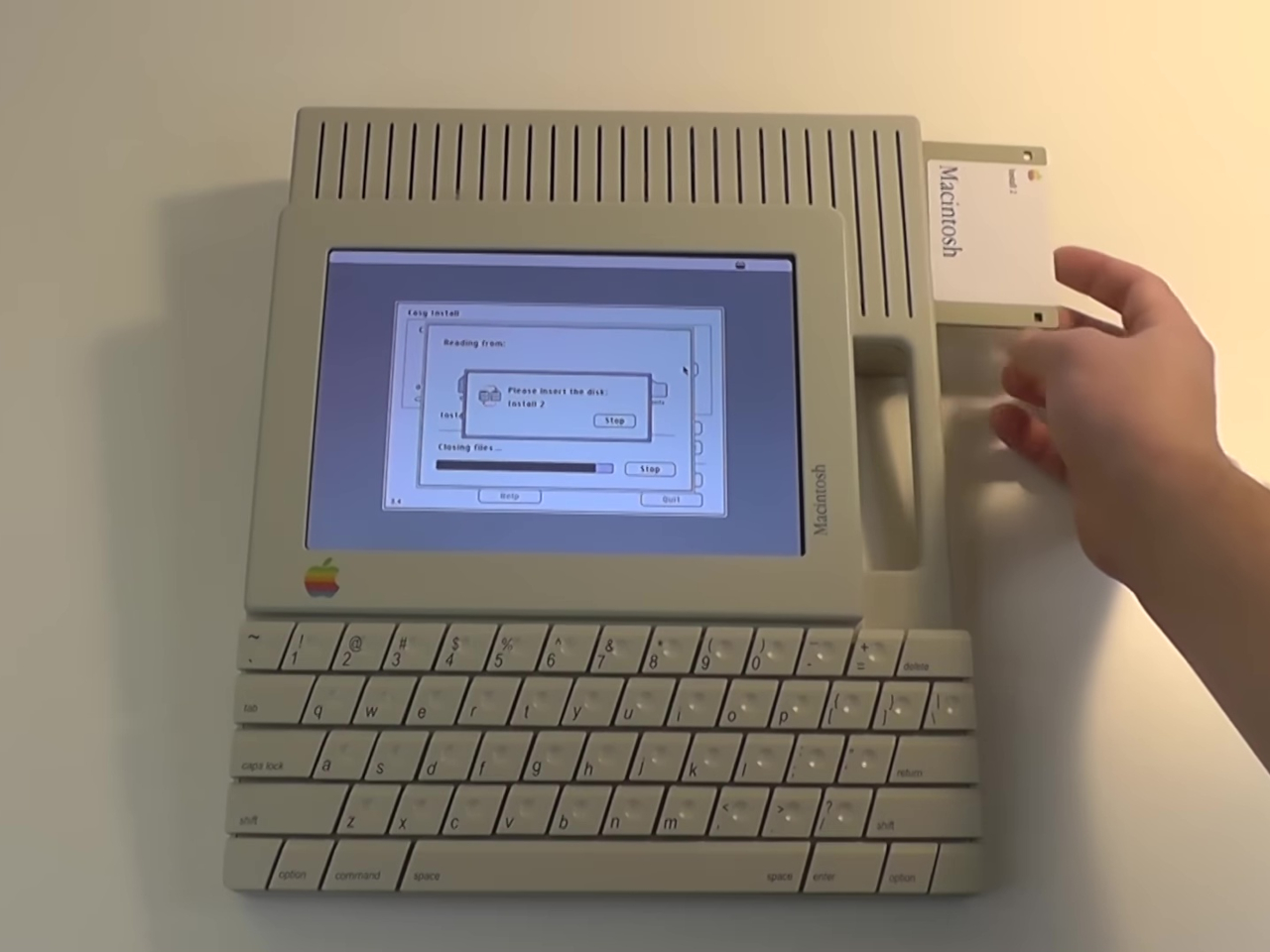
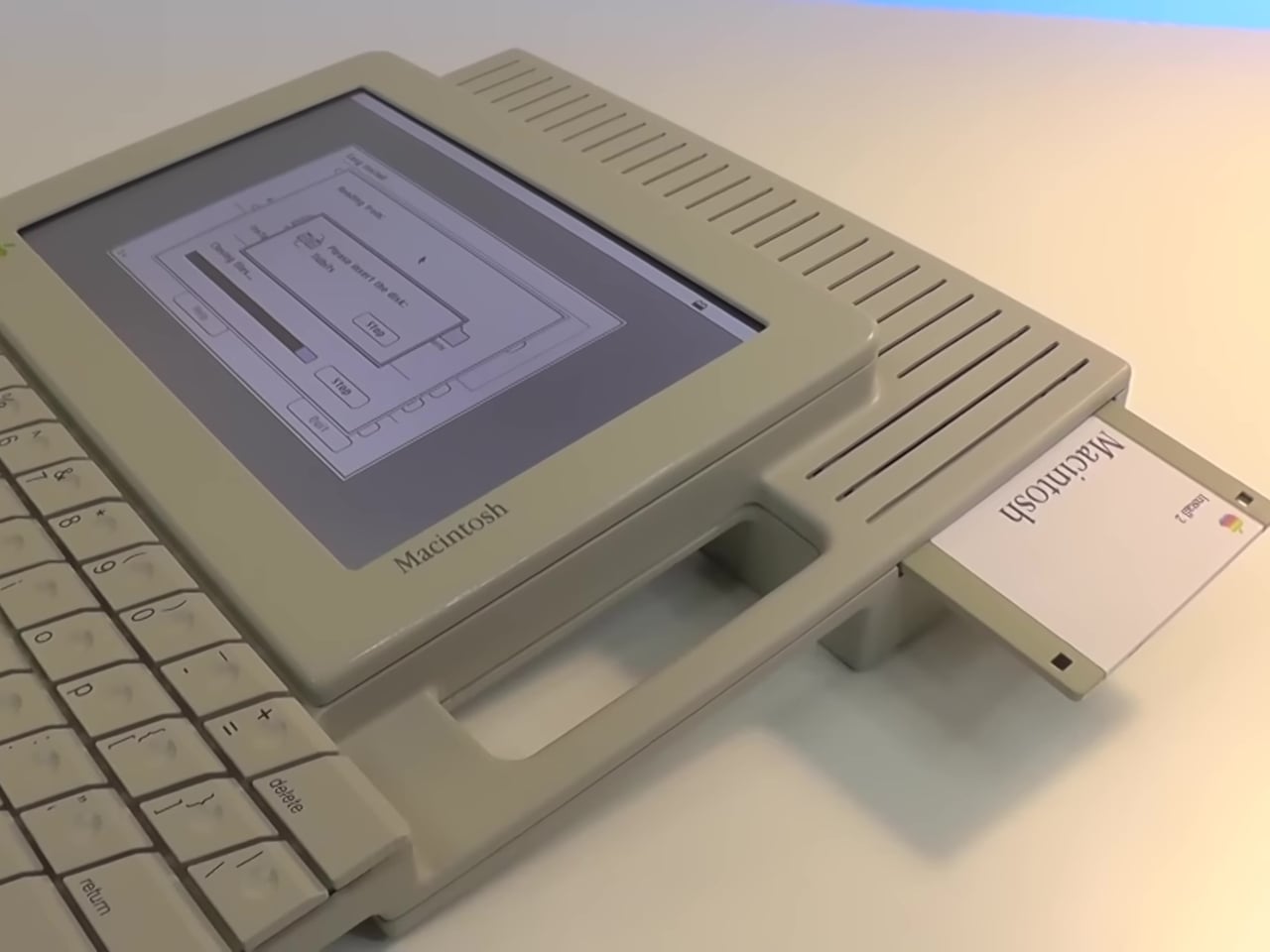
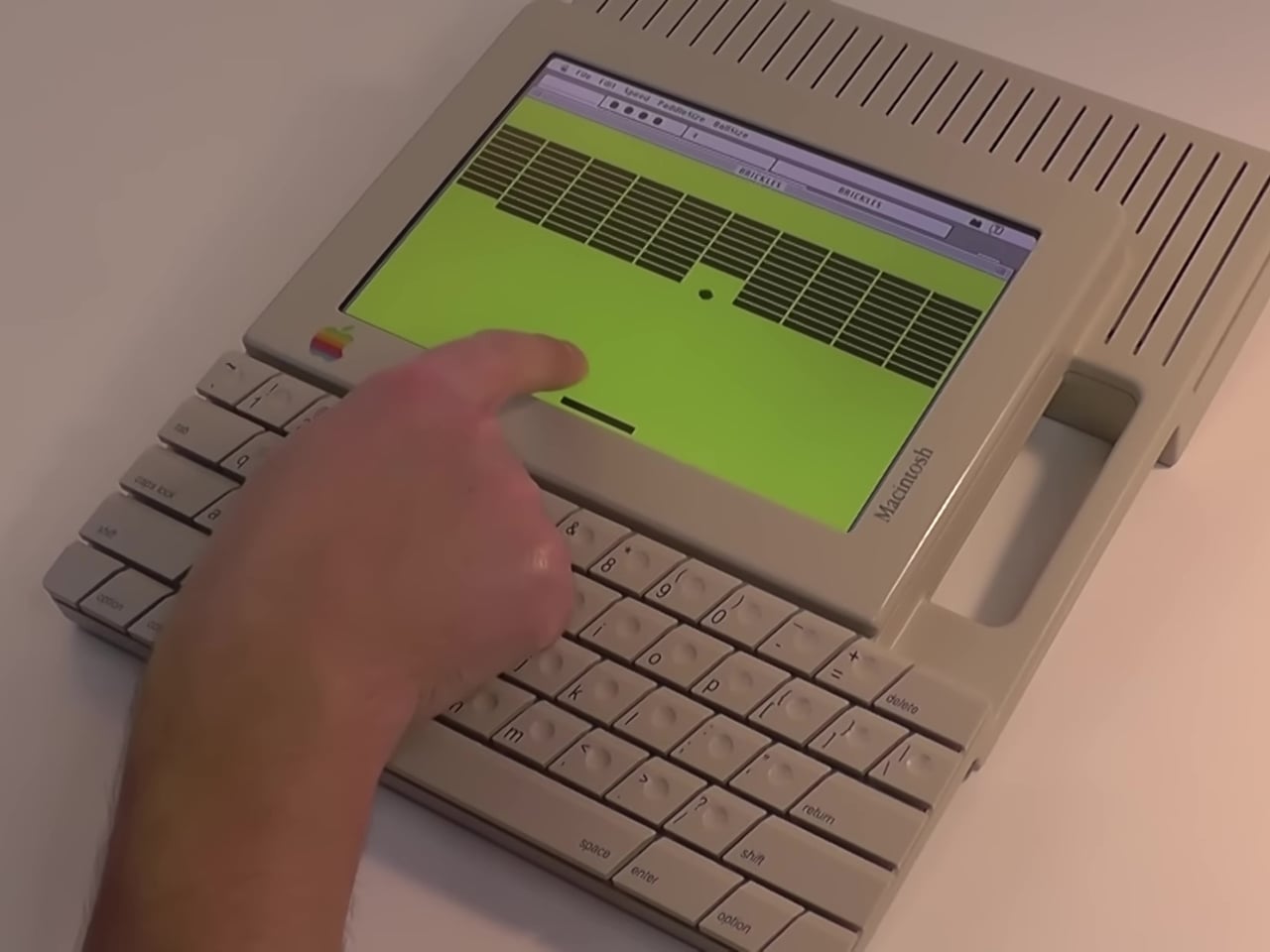
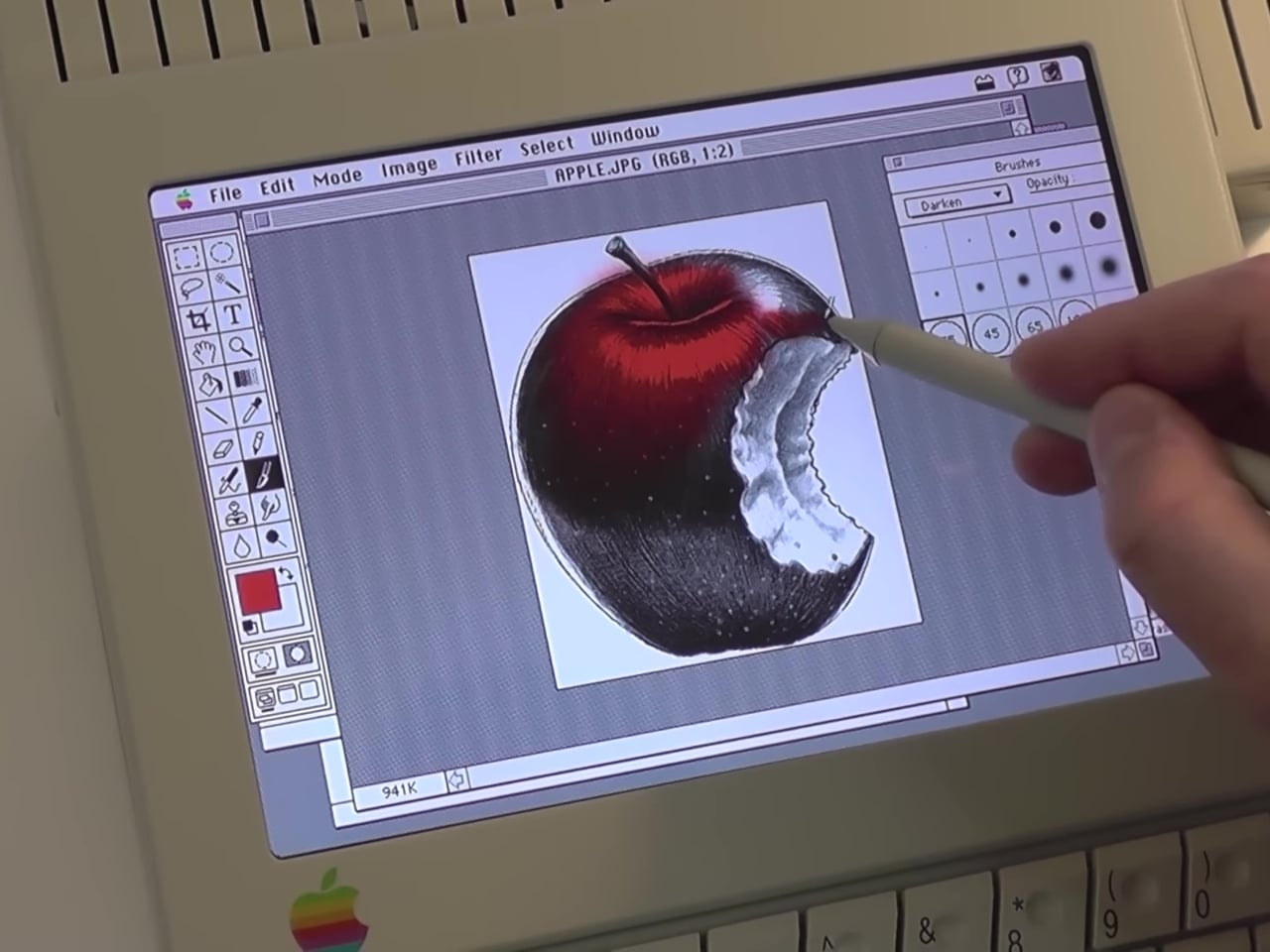
The end result is a truly impressive product that demonstrates not only the capabilities of modern technologies but also the vision of Esslingers’ original design. This FlatMac implementation even uses an actual floppy disk drive that can be used to install an old Macintosh OS via an emulator. It does support one modern feature that was never available in the 80s: a stylus like the Apple Pencil. It would have been a designer’s dream machine back then, though we can only judge that now thanks to hindsight.
